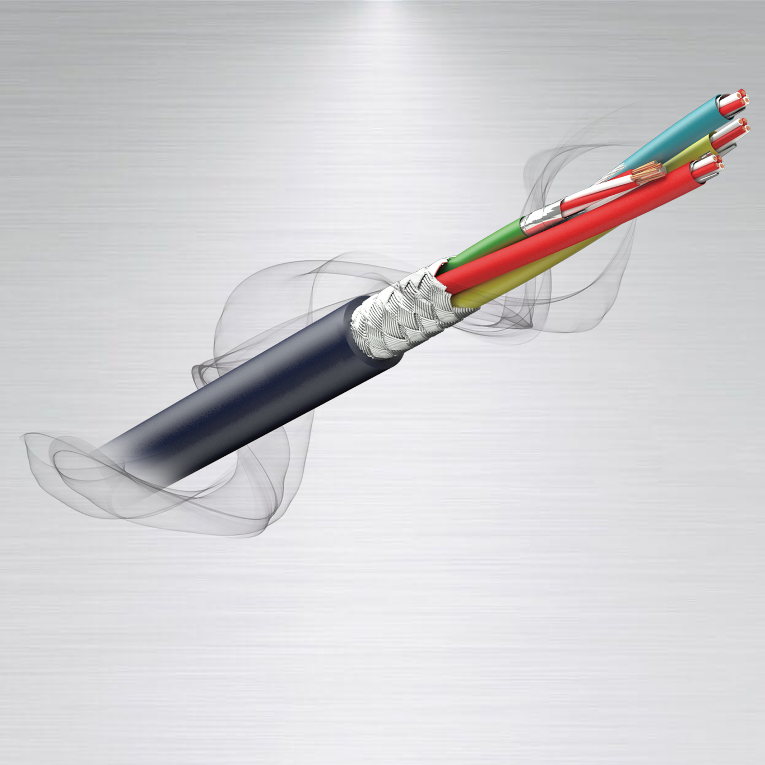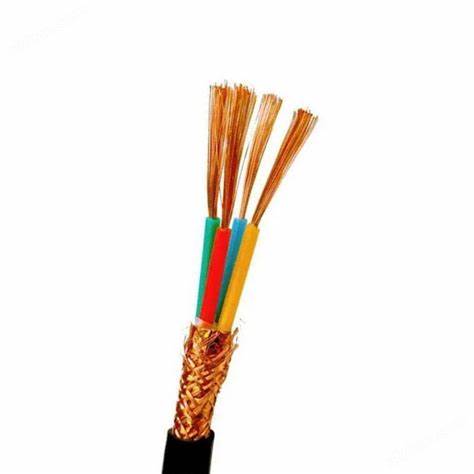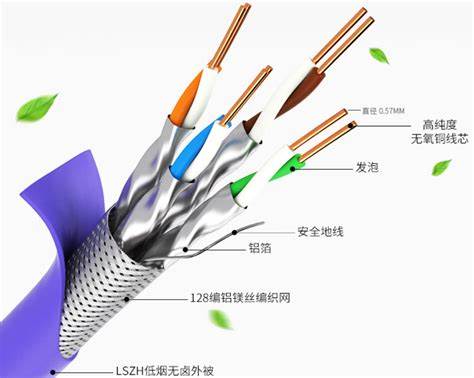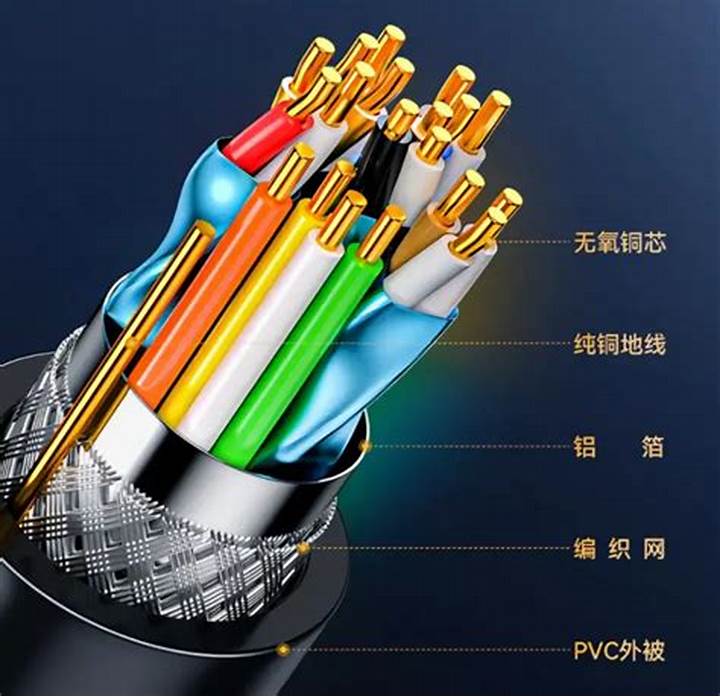In today‘s era of rapid digital development, cables have become one of the indispensable infrastructures for modern communication and power transmission. However, the complex structure inside the cable is the key to its efficient operation. Among them, the shielding layer, as one of the important components of the cable, plays a key role in protecting the signal from external interference. And one of the important shielding forms is the braided mesh.
The braided mesh is a metal mesh structure covering the outside of the cable. Common materials include copper braiding and aluminum-magnesium braiding. Their role is far more than a simple outer packaging, but undertakes an important protective function in the electromagnetic environment.

First of all, let‘s explore the role of the braided mesh. One of the main functions of the braided mesh is to provide shielding effect, that is, to prevent the influence of external electromagnetic interference on the internal signal of the cable. This is particularly important for applications that require high-quality signal transmission, such as audio, video and data transmission. The braided mesh effectively shields the signal by guiding external interference to the ground, ensuring the stable transmission of the internal signal of the cable.
Secondly, as two common braided mesh materials, copper braiding and aluminum-magnesium braiding have some differences in performance and application. Copper braiding is made of pure copper wire braiding and has excellent electrical conductivity and oxidation resistance, so it performs well in scenarios that require high-frequency transmission and long-term use. In contrast, aluminum-magnesium braiding is usually made of an alloy of aluminum and magnesium. Although its electrical conductivity is slightly inferior to that of copper, it has a lighter weight and lower cost, so it is more favored in some occasions that are more sensitive to cost and weight.
Now, let‘s take a look at the scenarios of these braided meshes in practical applications. In the connection cables of audio equipment, copper braided meshes are commonly used because it can effectively shield external interference and ensure the high fidelity of audio transmission. While in the data cables of some lightweight mobile devices, aluminum-magnesium braided meshes may be adopted to ensure that the cables are lightweight and portable while maintaining a certain shielding effect.
Overall, as an important part of the cable shielding layer, the braided mesh plays a key role in protecting the signal from external interference. Copper braiding and aluminum-magnesium braiding, as two common braided mesh materials, have their own advantages and disadvantages in performance and application, and should be selected according to the specific usage scenarios and requirements. Whether it is copper braiding or aluminum-magnesium braiding, they all provide reliable protection for the cable, thus ensuring the smooth progress of communication and power transmission.

Copper braiding is usually selected in the following situations:
-
High-frequency transmission requirements: Copper has excellent electrical conductivity and electrical properties, so it is suitable for applications that require high-frequency transmission, such as high-fidelity audio equipment, high-speed data transmission lines, etc.
-
High requirements for long-term use and durability: Copper has high corrosion resistance and oxidation resistance. Therefore, in scenarios that require long-term stable use and have high durability requirements, such as fixed-installed network connection lines, audio equipment, etc., copper braided mesh is often the first choice.
-
Strict requirements for signal quality: Due to the excellent electrical conductivity of copper, it can effectively shield external interference and ensure the high fidelity of signal transmission. Therefore, in occasions with strict requirements for signal quality, such as professional audio and video transmission lines, copper braided mesh is often selected.

While aluminum-magnesium braiding is usually applicable in the following situations:
-
Lightweight and cost-sensitive applications: Aluminum-magnesium alloy is lighter and lower in cost compared to copper, so it is more common in applications where the lightweight and cost of the cable are sensitive, such as data cables for mobile devices, connection lines for portable electronic products, etc.
-
Disposable or temporary applications: Due to the lower cost, aluminum-magnesium braided mesh is often used in disposable or temporary connection lines, such as temporary network wiring, audio and video transmission lines set up at short-term event sites, etc.
-
Non-specific signal quality requirements: Although the electrical conductivity of aluminum-magnesium is slightly inferior to that of copper, in some occasions where the signal quality requirements are not particularly strict, its performance is sufficient to meet the needs, such as connection lines for general household appliances, interface lines for office equipment, etc.
To sum up, copper braided mesh is usually used in occasions with strict requirements for signal quality, long-term use and high durability requirements, while aluminum-magnesium braided mesh is more suitable for lightweight, cost-sensitive, and disposable or temporary application scenarios.







